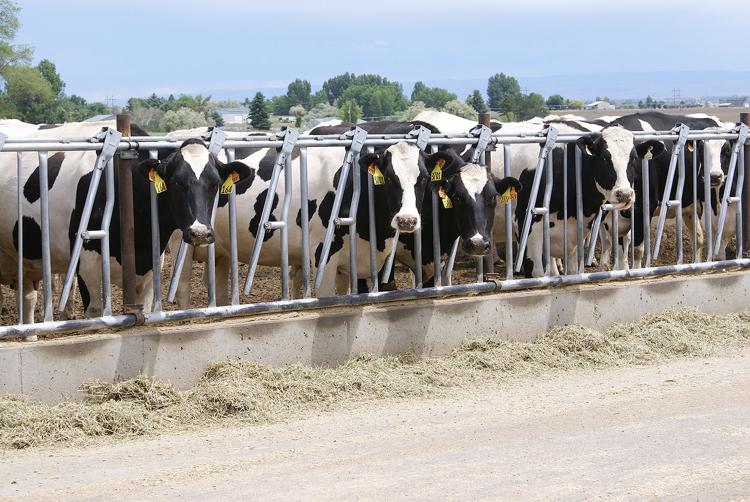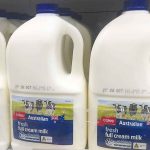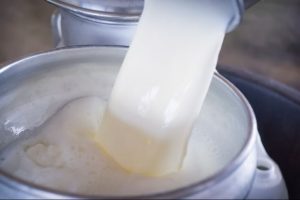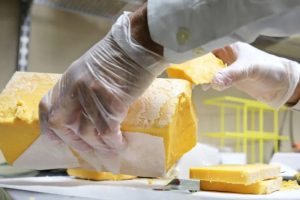
Milk prices were devastated early during the COVID-19 pandemic with the severe demand hit resulting from stay-at-home orders and especially the shutdown of restaurants and schools. June Class III fluid milk prices dropped $18.02 per hundred weight on Jan. 23 to $10.68 on April 22, when the futures established a low.
However, the contract rebounded nearly $10 per hundredweight to hit a high on June 10 of $20.75.
Bryan Doherty with Total Farm Marketing in West Bend, Wis., says the market formed a classic V-bottom and skyrocketed right out of the V as the timing of several events coincided.
“When you look at what’s happened with the reopening of not only the U.S., but China and elsewhere, it’s created this vacuum of really strong demand. We saw really good number for April exports, but also domestically you just have this need to replenish or get inventory back into the pipeline,” he says.
He says that coincides with farmers dumping milk, cutting back on herd size and shipping heifers at the height of the pandemic. The milk markets also recovered technically, which lead to increased buying.
The surge in cheese demand is also a major factor, as it has pushed cheese prices to all time highs. Doherty says the demand just went wild for cheese for pizza, because it was one of the staple food products many consumers were buying especially as they had to cook at home.
June futures topped at around $21, but they arguably may be undervalued, Doherty says, noting that deferred contracts are trading at lower levels. He explains on-farm milk prices traditionally equal the price of cheese multiplied by 10, which would put the milk price at $24 or $25 per hundredweight.
Still, Doherty says current price levels are offering a profitable pricing opportunity for dairy producers regardless of size.
“Dairy producers should be having really good conversations with their cheese plant or your co-op or whoever is buying your milk and see what tools they offer and shore up some good prices,” he says.
A big question is whether, as the economy continues to open and demand goes back to normal, milk prices will continue to stay strong.
“The futures market has seen the strength more in the front month and not so much the back months which is pretty typical when you get a demand driven event or some sort of shortfall of supply or both. And it looks like we might have a little bit of both right now,” Doherty says.
However, he says the cure for high prices is high prices, because production will increase, and the demand starts to wane from high prices. Yet, he says it looks like there is good support under the market and maybe some room for the deferred contract months to move up.
“But if I’m a dairy producer, I’m not betting on $20 milk in the fourth quarter or first quarter. I just think there is too much out there with cheap feed, which is a big ingredient to milk prices,” he says.
He says historically high milk prices are accompanied by high feed prices, and that is not the environment right now in the market.
Doherty says the milk market has been a bright spot in what has been a tough commodity sector the last several months.
“It’s really a big relief for a lot of dairy producers. So, the key now is, don’t blow it. Look at these deferred months, even though they aren’t at the same level as the front months, and use the tools available to lock in these margins,” he advises.
There is a concern about a second wave of COVID hitting the U.S. and globally, which would shut the economy back down. So, he advises using the futures as protection and risk management in what could continue to be a volatile market.
























